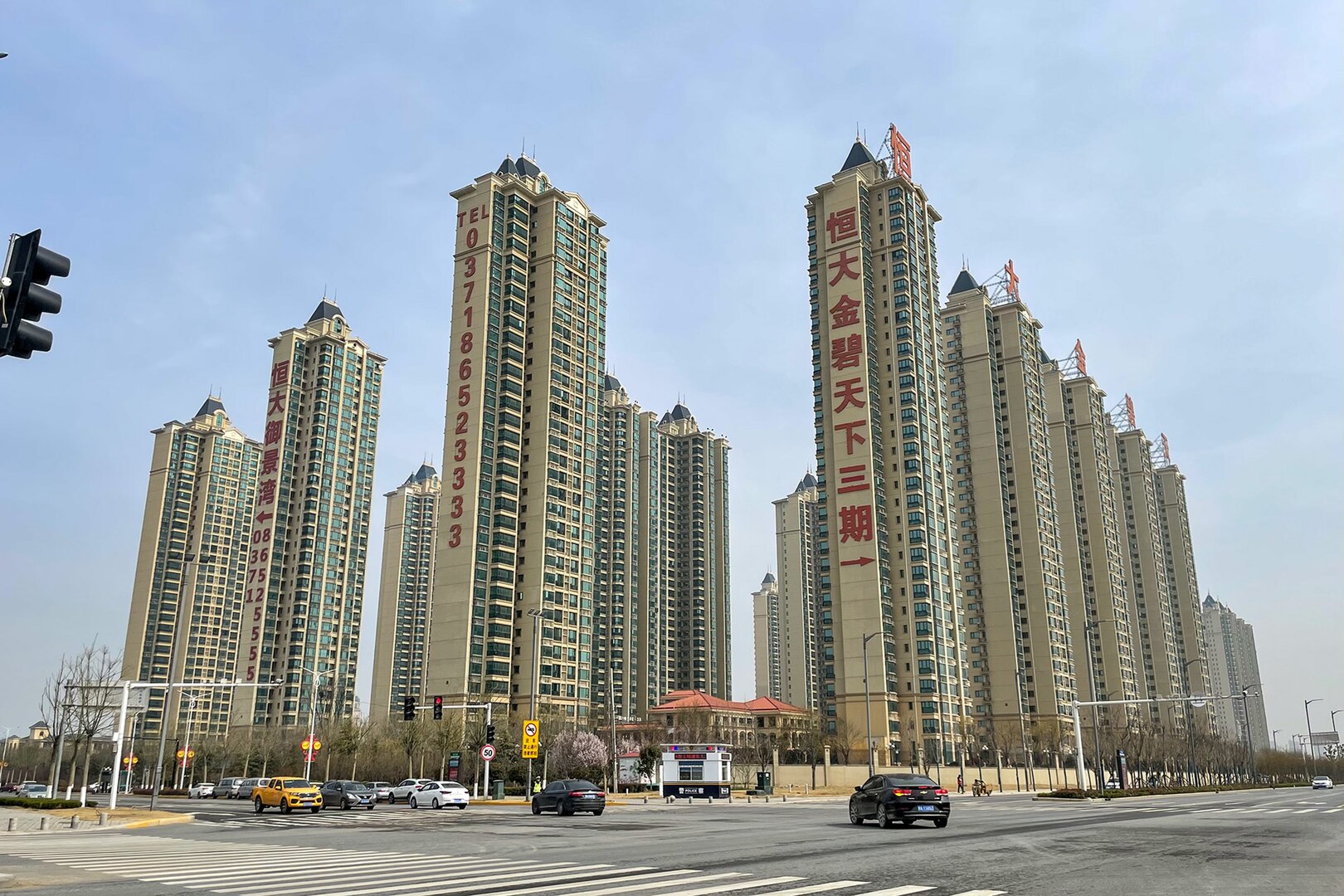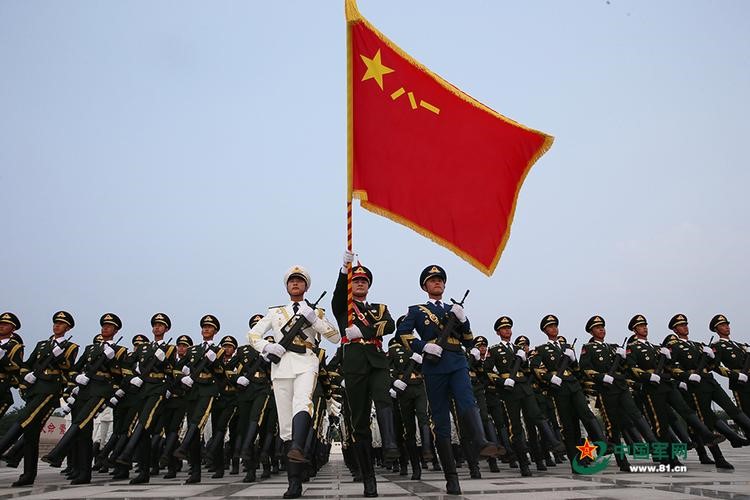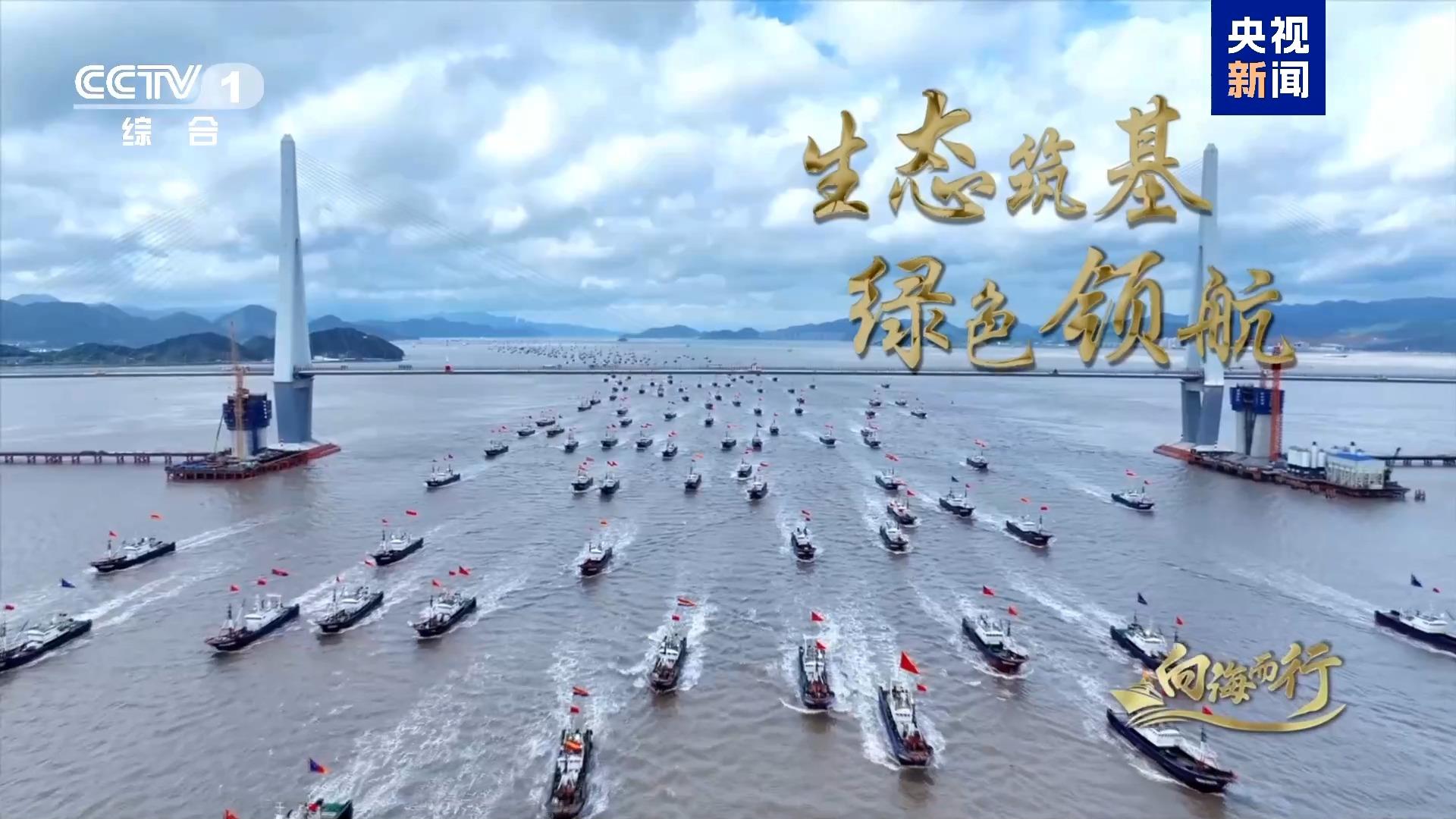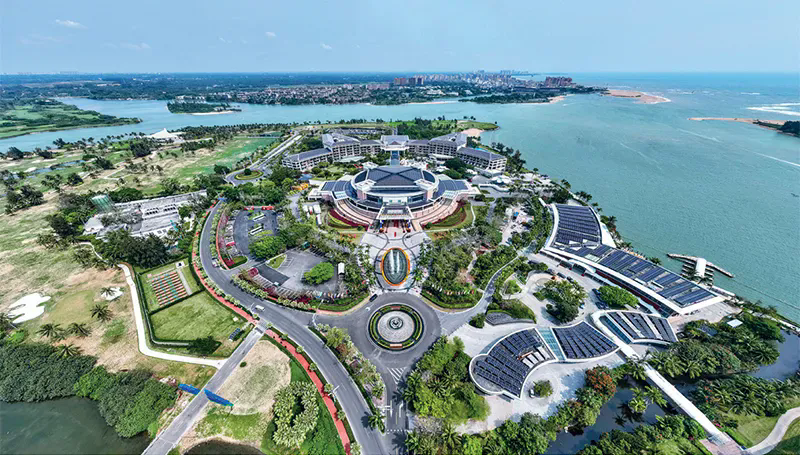
Beijing’s Stimulus Package Comes Amid Growing Challenges
Beijing’s Stimulus Package Comes Amid Growing Challenges
Executive Summary:
- In a departure from the long-term economic program announced at the Third Plenum in July, the Party leadership used an unusual politburo meeting in September to acknowledge “new situations and challenges” in the economy, unveiling its most significant stimulus package in recent years.
- Around the same time, the People’s Bank of China announced the strongest interest rate cut since 2021, along with a series of “combined moves” aimed at supporting the declining real estate market. While these measures had immediate positive effects on the stock market, concerns remain about the longevity of this boost.
- The changes followed the release of the State Council’s first-ever government debt management report, which revealed that total government debt stood at RMB 71 trillion ($9.9 trillion) as of the end of 2023.
The Politburo of the Central Committee of the Chinese Communist Party (CCP) held an unusual meeting on September 26 to “analyze the current economic situation and draw up plans for the next phase of economic work.” Politburo meetings related to economic work are usually held in April, July, and December each year. Analysts believe the unusual focus of the September meeting demonstrates the Party leadership’s heightened concern about the current economic situation (Xinhua, The Paper, September 26).
CCP General Secretary Xi Jinping chaired the meeting, which acknowledged that while favorable economic conditions persist, “some new situations and challenges (一些新的情况和问题)” have emerged. For the first time since 2021, the need to “promote halting the fall and returning to stability in the real estate market (促进房地产市场止跌回稳)” was explicitly stated (The Paper, September 26).
This shift in policy comes against the backdrop of President Xi’s “Three Red Lines (三条红线)” policy, introduced in 2020. This policy set firm standards to restrict financing for real estate developers based on their debt-to-cash, equity, and assets ratios. Developers were divided into four tiers, each with different borrowing standards based on an assessment of their financial health. In 2022, fewer than 30 of the 100 listed real estate companies were on the right side of the three red lines, with another 30 crossing all three red lines, reaching the highest “red” tier (Sohu, May 4, 2022).
While the policy has been acknowledged as a significant factor in deleveraging and promoting financial stability within the real estate sector, it has also faced criticism for contributing to the industry’s downturn. Experts argue that the stringent borrowing restrictions have hindered real estate companies’ ability to access funds, consequently impacting their liquidity and overall financial health, especially during periods of economic uncertainty like the COVID-19 pandemic, and should be subject to adjustment (CKGSB, June 6, 2022; Sina Finance, July 13, 2022).
A Multi-Pronged Approach introduced ahead of National Day
Key real estate measures, including controlling the increase of housing completion while ensuring housing quality, increasing the intensity of loan issuance for “whitelisted” projects, and adjusting housing purchase restrictions, were proposed in response to the current economic situation (People’s Bank of China [PBOC], September 24; The Paper, September 26; S&T daily, September 27).
The PRC’s central bank, the PBOC, along with the National Administration of Financial Regulation (NAFR, 金融监管总局) and the China Securities Regulatory Commission (CSRC, 中国证监会) held a rare joint press conference to announce new measures. These included lowering the reserve requirement ratio (RRR) to inject Renminbi (RMB) 1 trillion ($140 billion) into the financial market to increase liquidity, implementing the strongest interest rate cut in four years, potentially benefiting around 50 million households, and issuing “ultra-long government bonds (超长期特别国债)” (PBOC, September 24). These stimulus measures, dubbed the “invincible combo moves (超级无敌组合拳)” by some, aimed to boost market confidence ahead of the 75th Anniversary of the People’s Republic of China (PRC) and ensure reaching the goal of 5 percent annual GDP growth set earlier this year (Hunan Daily, September 27).
Stock Market Boost Undercut by Persistent Structural Weakness
PRC stock markets saw immediate gains, as expected, with major indexes rising sharply before the National Day holiday. The A-shares market hit its largest single-day buying volume since March 2021, and the Shanghai Composite Index rose almost 20 percent in five trading days. Queues to open trading accounts and anomalies in trading systems were seen following the announcement (The Paper, September 27). In Hong Kong, the Hang Seng Index surged, recording a rise of over 1,000 points before adjusting somewhat after the National Day. Major investment banks predict the stock market’s recovery, and some experts expect to see further government actions to boost the economy (The Paper, September 27; Yicai, September 29).
This short-term boost comes amid concerns about economic indicators. In early September, the State Council submitted its first-ever government debt management report (国务院政府债务管理报告), revealing total government debt at RMB 71 trillion ($9.9 trillion) as of the end of 2023. The report highlighted that local debt (RMB 40 trillion; $5.7 trillion) significantly outweighs central government debt (RMB 30 trillion; $4.2 trillion), with some local governments exaggerating returns on special bond projects (National People’s Congress, September 13; Yicai, September 14).
Economic woes are compounded by youth unemployment, with the rate for 16–24-year-olds remaining consistent for two consecutive months at a new high of 18.8 percent in August (National Bureau of Statistics, September 20). In response, the Politburo meeting emphasized the importance of maintaining social stability by focusing on employment for fresh graduates and strengthening assistance for vulnerable groups.
Hong Kong’s Potential Role in the PRC’s Economic Strategy
During a meeting between Xia Baolong (夏宝龙), Director of the Hong Kong and Macao Affairs Office of the State Council (国务院港澳事务办公室主任), and John Lee (李家超), Chief Executive of Hong Kong, calls were made for the real estate sector to transform their patriotism and love for Hong Kong into “concrete actions” (The Government of HKSAR, September 24). While the “concrete actions” were not specified, this echoes President Xi’s reply to a letter from Hong Kong’s “Ningbo Group (宁波帮)” in July, [1] asking the conglomerate to actively integrate their work into the overall architecture of reform and opening up (People.cn, August 1).
Conclusion
September’s unusual Politburo meeting acknowledged the severity of the PRC’s economic challenges. Coupled with an unprecedented stimulus package, the divergence of short-term economic policy from long-term ones laid out at July’s Third Plenum underscores the urgency felt by Beijing to stabilize the economy, particularly the struggling real estate sector.
As the PRC celebrated the 75th anniversary of its founding, initial market reactions were positive. The ensuing couple of months will be crucial to determining whether this economic pivot marks the beginning of a sustained recovery in the world’s second-largest economy or merely a temporary boost in a longer period of economic adjustment.
Notes
[1] “Ningbo Group (宁波帮)” generally describes entrepreneurs from Ningbo who mostly relocated to Hong Kong after the Second World War. They are highly appreciated by the PRC due to their efforts supporting the PRC through donations and acting as a bridge between Hong Kong and the PRC by setting up business and cultural activities (China News, August 1).


